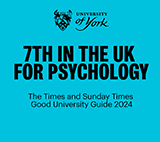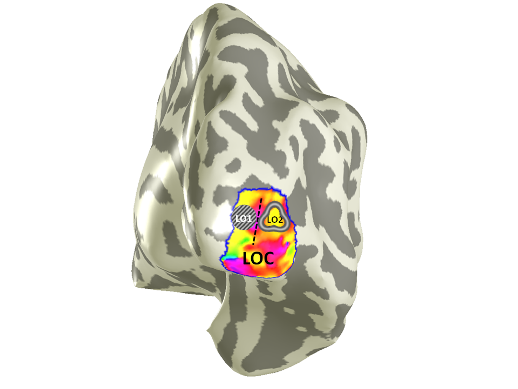
York neuroscientists shed new light on human vision
Posted on 25 February 2013

The lateral occipital cortex (LO) is part of the human brain that responds to common objects. LO is thought to play a part in the early stages of recognising and distinguishing different objects, but how this takes place is not understood in detail. For example, it might depend on the curvature of object, or the orientation of its edges, or some combination of these. Recent brain imaging experiments have revealed that LO is divided into multiple smaller areas, called visual field maps. The new study investigated the contribution each subregion makes. First the researchers used functional magnetic resonance imaging to map the visual fields in each participant’s brain - in each case they found two visual field maps (called LO1 and LO2). They then used a technique called Transcranial Magnetic Stimulation (TMS) to briefly disrupt processing in each subregion in turn. TMS applied to LO1 disrupted people’s ability to distinguish the orientation of slanted lines, but not the ability to distinguish shapes based on their curvature, while TMS to LO2 disrupted the ability to distinguish shapes, but not orientations. This suggests that two visual properties crucial to object recognition (orientation and shape) are processed independently by LO1 and LO2.
The study was designed by Professor Tony Morland (University of York, Department of Psychology and Hull York Medical School), and Dr Declan McKeefry (Bradford School of Optometry and Vision Science at the University of Bradford) and carried out at the York Neuroimaging Centre (YNiC). It was undertaken as part of a PhD by Ed Silson (York) and is published in Nature Neuroscience. Ed is a graduate of our BSc Psychology and MSc Cognitive Neuroscience programme.
